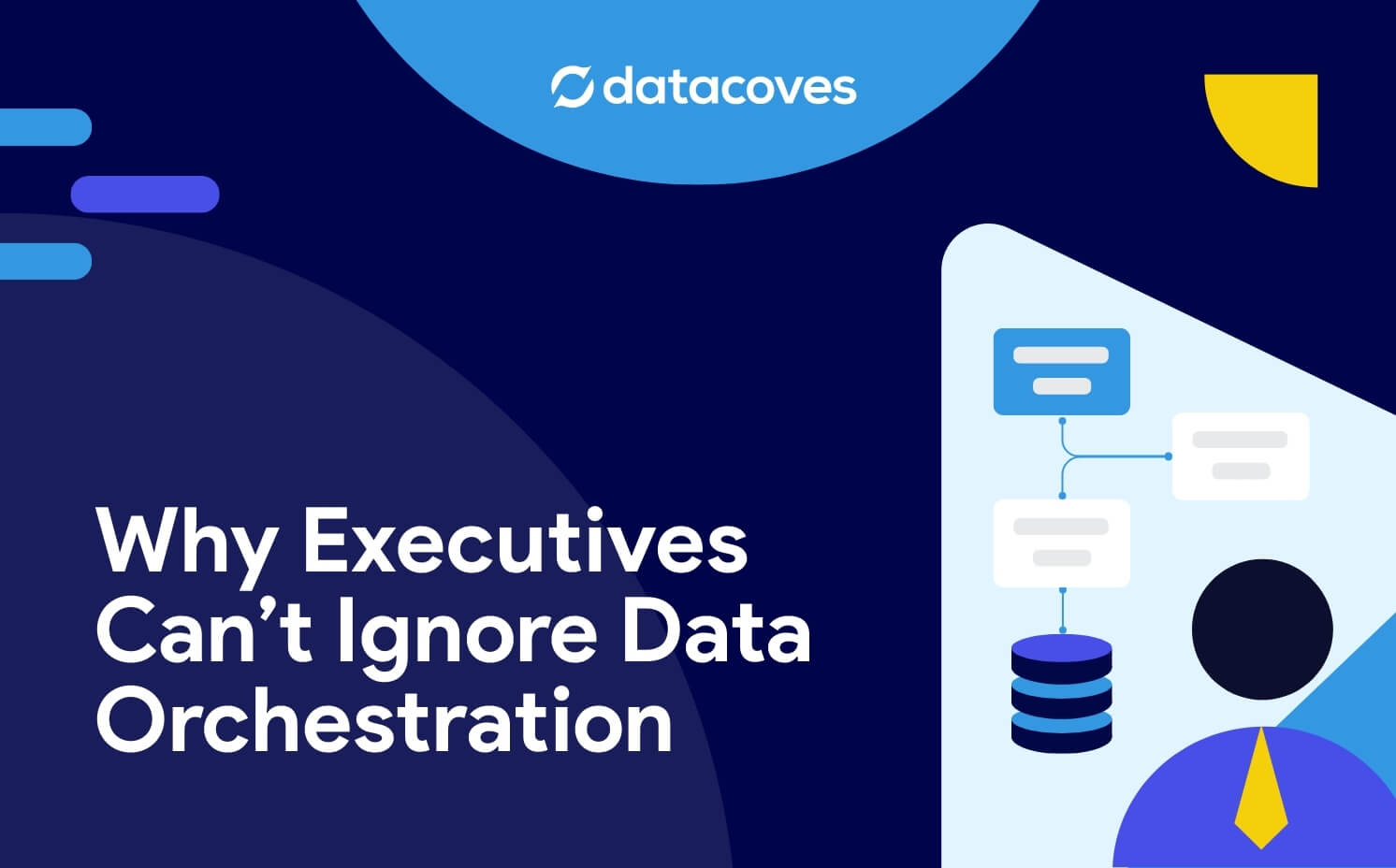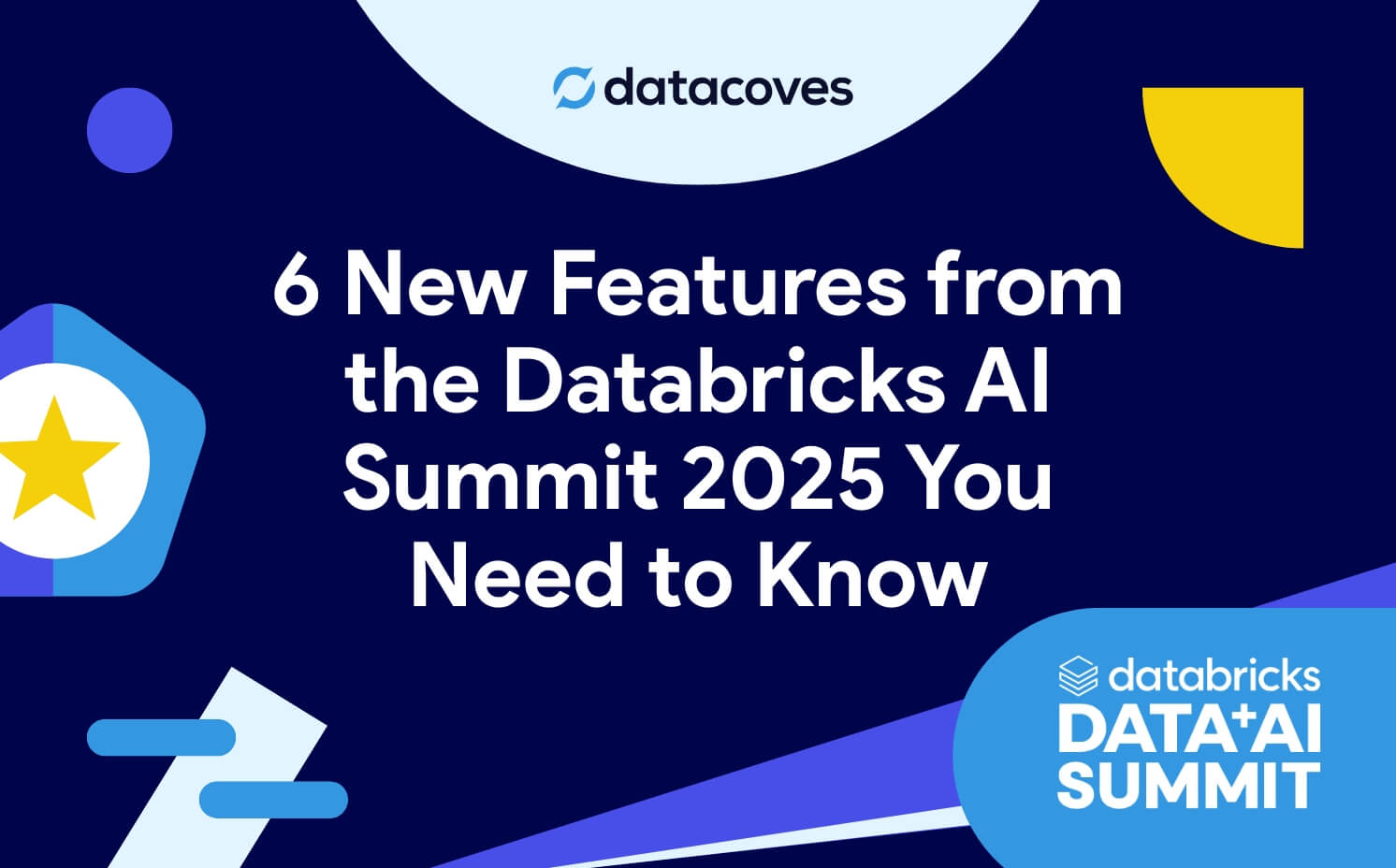SQL databases are great for organizing, storing, and retrieving structured data essential to modern business operations. These databases use Structured Query Language (SQL), a gold standard tool for managing and manipulating data, which is universally recognized for its reliability and robustness in handling complex queries and vast datasets.
SQL is so instrumental to database management that databases are often categorized based on their use of SQL. This has led to the distinction between SQL databases, which use Structured Query Language for managing data, and NoSQL databases, which do not rely on SQL and are designed for handling unstructured data and different data storage models. If you are looking to compare SQL databases or just want to deepen your understanding of these essential tools, this article is just for you.
What is an Open Source Database?
Open source databases are software systems whose source code is publicly available for anyone to view, modify, and enhance. This article covers strictly open source SQL databases. Why? Because we believe that they bring additional advantages that are reshaping the data management space. Unlike proprietary databases that can be expensive and restrictive, open source databases are developed through collaboration and innovation at their core. This not only eliminates licensing fees but also creates a rich environment of community-driven enhancements. Contributors from around the globe work to refine and evolve these databases, ensuring they are equipped to meet the evolving demands of the data landscape.
Why Use Open Source Databases?
Cost-effectiveness: Most open source databases are free to use, which can significantly reduce the total cost of ownership.
Flexibility and Customization: Users can modify the database software to meet their specific needs, a benefit not always available with proprietary software.
Community Support: Robust communities contribute to the development and security of these databases, often releasing updates and security patches faster than traditional software vendors.
OLTP vs OLAP
When selecting a database, it is important to determine your primary use case. Are you frequently creating, updating, or deleting data? Or do you need to analyze large volumes of archived data that doesn't change often? The answer should guide the type of database system you choose to implement.
In this article we will be touching on OLTP and OLAP open source SQL databases. These databases are structured in different ways depending on the action they wish to prioritize analytics, transactions, or a hybrid of the two.
What is OLTP?
OLTP or Online Transaction Processing databases are designed to manage and handle high volumes of small transactions such as inserting, updating, and/or deleting small amounts of data in a database. OLTP databases can handle real-time transactional tasks due to their emphasis on speed and reliability. The design of OLTP databases is highly normalized to reduce redundancy and optimizes update/insert/delete performance. OLTP databases can be used for analytics but this is not recommended since better databases suited for analytics exist.
Characteristics of OLTP:
- Handles large numbers of transactions by many users.
- Operations are typically simple (e.g., updating a record or retrieving specific record details).
- Focus on quick query processing and maintaining data integrity in multi-access environments.
- Data is highly normalized.
When to use OLTP?
Use OLTP if you are developing applications that require fast, reliable, and secure transaction processing. Common use cases include but are not limited to:
E-commerce: Order placement, payment processing, customer profile management, and shopping cart updates.
Banking: Account transactions, loan processing, ATM operations, and fraud detection.
Customer Relationship Management (CRM): Tracking customer interactions, updating sales pipelines, managing customer support tickets, and monitoring marketing campaigns.
What is OLAP?
OLAP or Online Analytical Processing databases are designed to perform complex analyses and queries on large volumes of data. They are optimized for read-heavy scenarios where queries are often complicated and involve aggregations such as sums and averages across many datasets. OLAP databases are typically denormalized, which improves query performance but come with the added expense of storage space and slower update speeds.
Characteristics of OLAP:
- Designed for analysis and reporting functions.
- Queries are complex and involve large volumes of data.
- Focus on maximizing query speed across large datasets.
- Data may be denormalized to expedite query processing.
When to use OLAP?
Use OLAP if you need to perform complex analysis on large datasets to gather insights and support decision making. Common use cases include but are not limited to:
Retail Sales Data Analysis: A retail chain consolidates nationwide sales data to analyze trends, product performance, and customer preferences.
Corporate Performance Monitoring: A multinational uses dashboards to track financial, human resources, and operational metrics for strategic decision-making.
Financial Analysis and Risk Management: A bank leverages an OLAP system for financial forecasting and risk analysis using complex data-driven calculations.
In practice, many businesses will use both types of systems: OLTP systems to handle day-to-day transactions and OLAP systems to analyze data accumulated from these transactions for business intelligence and reporting purposes.
Now that we are well versed in OLTP vs OLAP, let's dive into our open source databases!
Open Source OLTP Databases
PostgreSQL
A row-oriented database, often considered the world’s most advanced open source database. PostgreSQL offers extensive features designed to handle a range of workloads from single machines to data warehouses or web services with many concurrent users.
Best Uses: Enterprise applications, complex queries, handling large volumes of data.
SQLite
SQLite is a popular choice for embedded database applications, being a self-contained, high-reliability, and full-featured SQL database engine. This database is a File-based database which means that they store data in a file (or set of files) on disk, rather than requiring a server-based backend. This approach has several key characteristics and advantages such as being lightweight, portable, easy to use, and self-contained.
Best Uses: Mobile applications, small to medium-sized websites, and desktop applications.
MariaDB
A columnar database and offshoot of MySQL. MariaDB was created by the original developers of MySQL after concerns over its acquisition by Oracle. It is widely respected for its performance and robustness.
Best Uses: Web-based applications, cloud environments, or as a replacement for MySQL.
Firebird
Firebird is a flexible relational database offering many ANSI SQL standard features that run on Linux, Windows, and a variety of Unix platforms. This database can handle a hybrid approach of OLTP and OLAP due to its multi-generational architecture and because readers do not block writers when accessing the same data.
Best Uses: Small to medium enterprise applications, particularly where complex, customizable database systems are required.
Open Source OLAP Databases
ClickHouse
Known for its speed, ClickHouse is an open-source column-oriented, File-based database management system that is great at real-time query processing over large datasets. As mentioned earlier in the article, File-based databases bring many benefits They make use of data compression, disk storage of data, parallel processing on multiple cores, distributed processing on multiple servers and more.
Best Uses: Real-time analytics and managing large volumes of data.
DuckDB
Similar to SQLite, DuckDB is an embedded file-based database, however, DuckDB is a column-oriented database that is designed to execute analytical SQL queries fast and efficiently. This database has no dependencies making it a simple, efficient, and portable database. Since it is file-based this means DuckDB runs embedded within the host process, which allows for high-speed data transfer during analytics.
Best Uses: Analytical applications that require fast, in-process SQL querying capabilities.
StarRocks
StarRocks is a performance-oriented, columnar distributed data warehouse designed to handle real-time analytics. StarRocks also supports hybrid row-column storage. It is known for its blazing-fast massively parallel processing (MPP) abilities. Data can be ingested at a high speed and updated and deleted in real time making it perfect for real-time analytics on fresh data.
Best Uses: Real-time analytical processing on large-scale datasets.
Doris
Doris is an MPP-based, column-oriented data warehouse, aimed at providing high performance and real-time analytical processing. Doris can support highly concurrent point query scenarios and high-throughput complex analytic scenarios. Its high speed and ease of use despite working with large amounts of data make it a great option.
Best Uses: Real-time OLAP applications and scenarios demanding fast data processing and complex aggregation.
Trino
Even though Trino is not a database, but rather a query engine that allows you to query your databases, we felt it is a powerful addition to this open source list. Originally developed by Facebook and known as PrestoSQL, Trino is designed to query large data warehouses and big data systems rapidly. Since it is great for working with terabytes or petabytes of data it is an alternative to tools such as Hive or Pig. However, it can also operate on traditional relational databases and other data sources such as Cassandra. One major benefit is that Trino allows you to perform queries across different databases and data sources. This is known as query federation.
Best Uses: Distributed SQL querying for big data solutions.
Citus
While this is not a separate open source database, we felt it was a good addition to the list because Citus is an extension to PostgreSQL that that transforms your Postgres database into a distributed database. This enables it to scale horizontally.
Best Uses: Scalable PostgreSQL applications, especially those needing to handle multi-tenant applications and real-time analytics over large datasets.
Conclusion
Open source SQL databases provide a variety of options for organizations and developers seeking flexible, cost-effective solutions for data management. Whether your needs are for handling large data sets, real-time analytics, or robust enterprise applications, there is likely an open source database out there for you.








